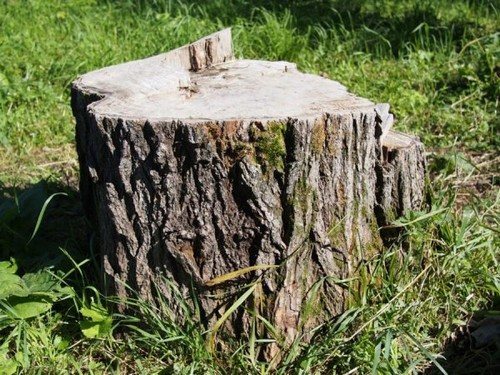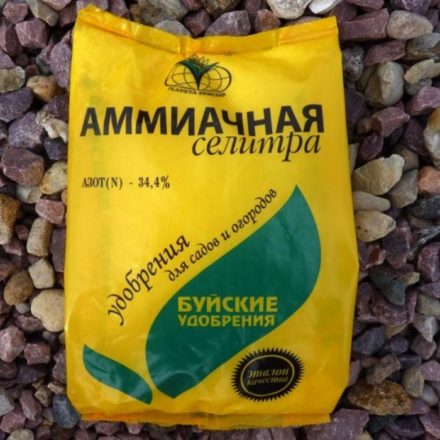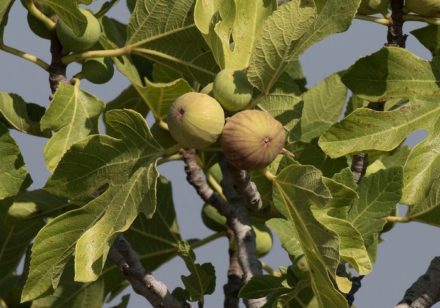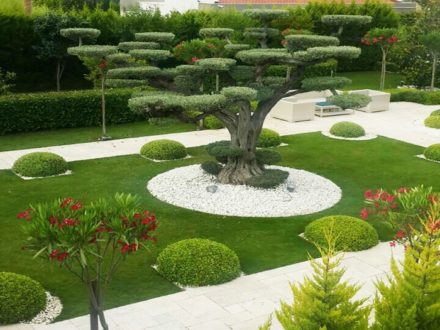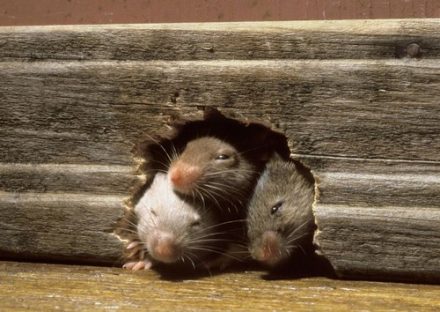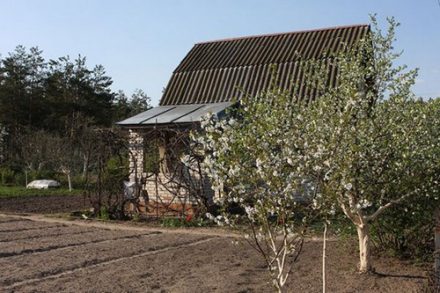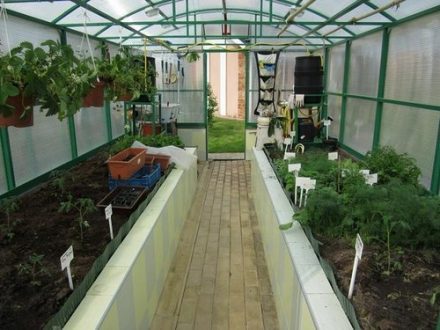Stumps left after cutting down trees on a personal plot do not need to be left in the ground. They occupy useful space, interfering with the planting of other crops, produce fresh shoots that deplete the soil, and become breeding grounds for pests and soil infections. But uprooting is not an easy task, so it makes sense to remove them in other ways.
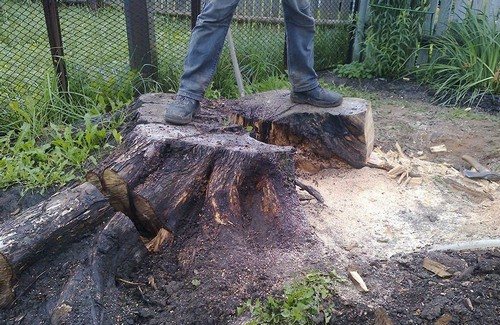
Removal using saltpeter
First you need to saturate the surface and roots with potassium nitrate. To do this, holes are drilled in the wood, where a chemical compound is poured and filled with water so that the saltpeter is absorbed faster. Drive wooden plugs into the holes or cover with plastic wrap. When the stump dries, cover it with enough firewood or brushwood and set it on fire.
This method can be used if the soil is not peaty, otherwise a fire may occur.
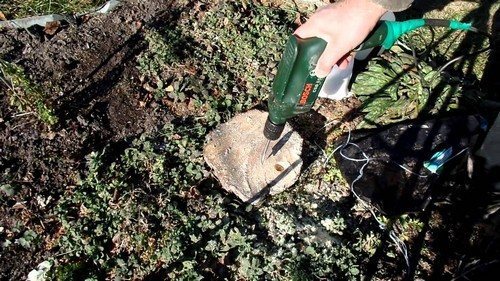
Removal using urea and table salt
The bottom line is that these substances contribute to the rapid rotting of wood, after which the rot can be removed from the ground with an ordinary shovel. But this process is slow and will take at least a year.
The salting technology is the same as when processing with saltpeter. But it’s worth considering that after using sodium chloride, the land around will be unsuitable for sowing.
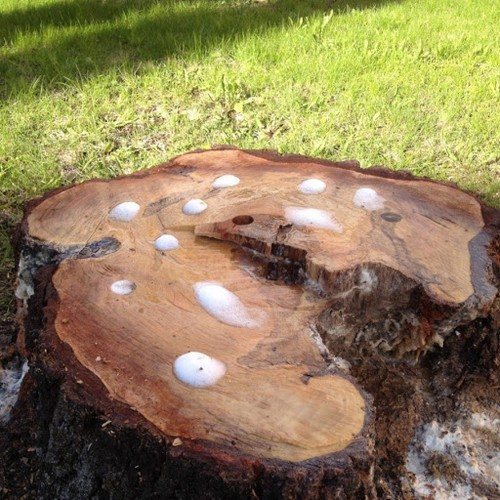
Mycelium as a destroyer of an old stump
The method involves infecting the wood with mycelium of honey mushrooms or oyster mushrooms. The benefit is double: the owners will harvest mushrooms for 5–6 years, and at the end of this period the stump will fall apart on its own.
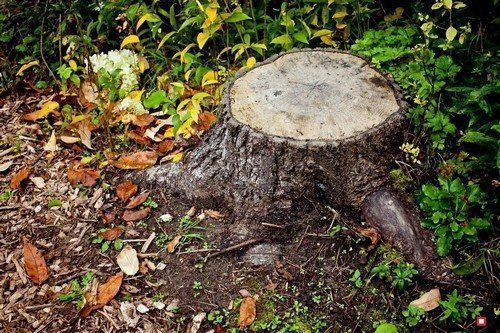
Burning a stump
If the people around you don't mind, you can burn a stump. Drill holes in it, pour in lighter fluid or kerosene (not gasoline), insert a cotton wick, and bring a match. You need to monitor the process and remove the burnt wood in a timely manner. By the end of the process, the useless element will become a useful fertilizer - wood ash.

6 ways to use old window frames at your dacha
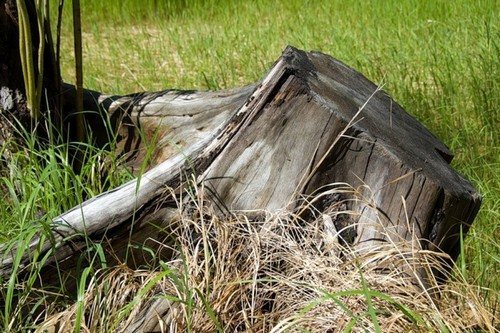
Easy uprooting with water

With this method, dig a hole 0.5 m from the root system and direct a water hose there (the water pressure should be very strong). Soon the stump will be washed away, and it will have no support in the soil. Large roots are cut off, and the stump is easily removed from the ground.
